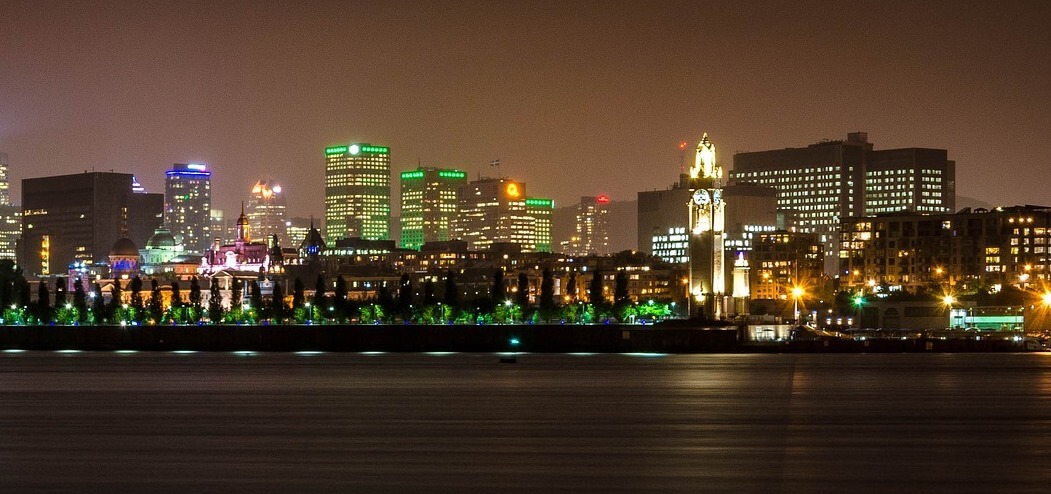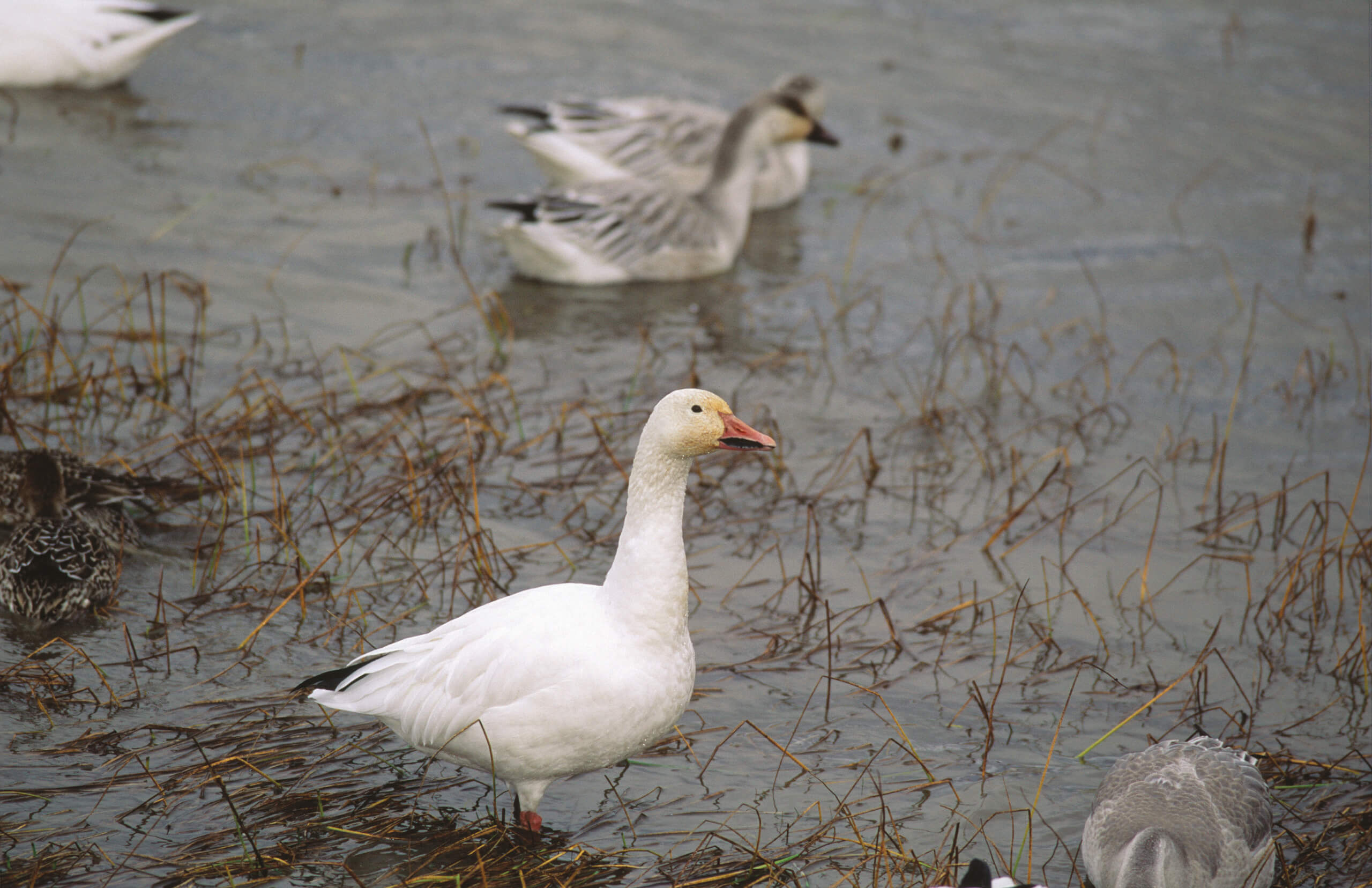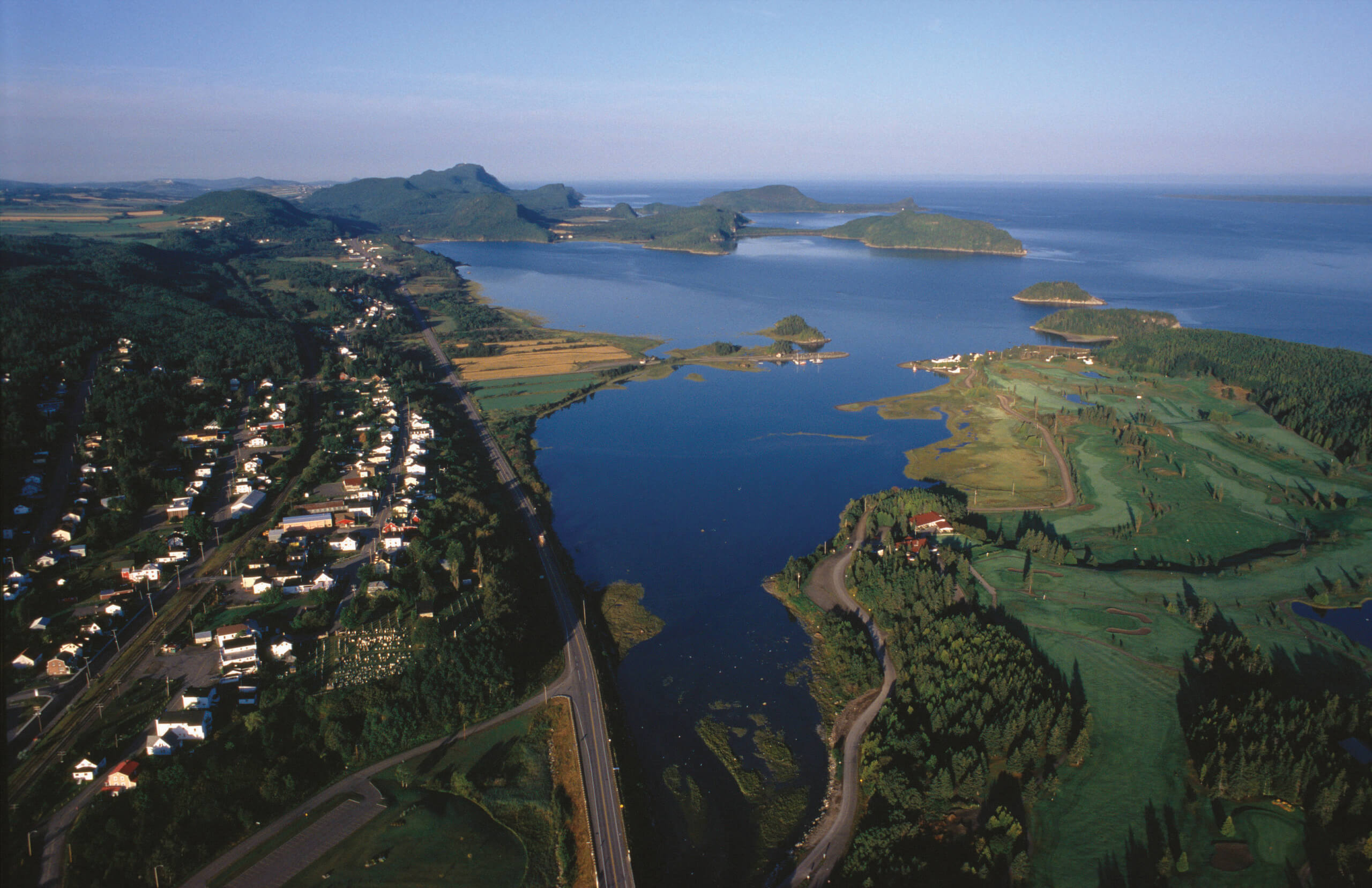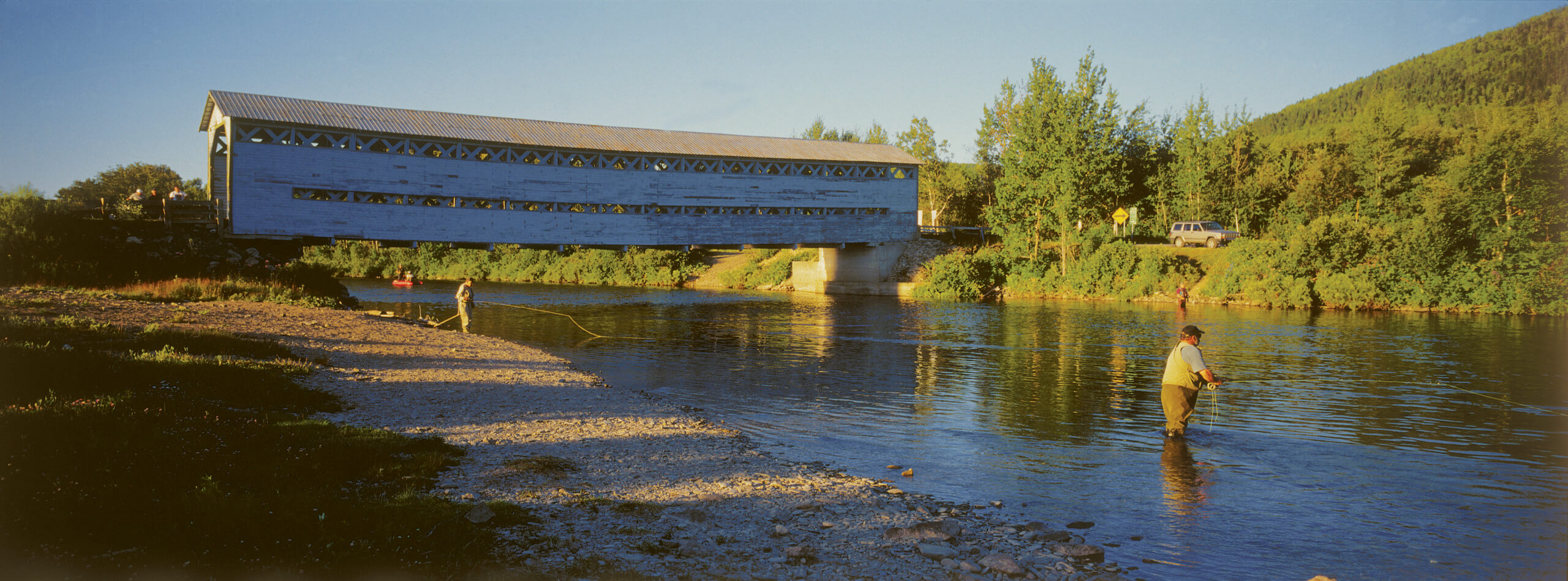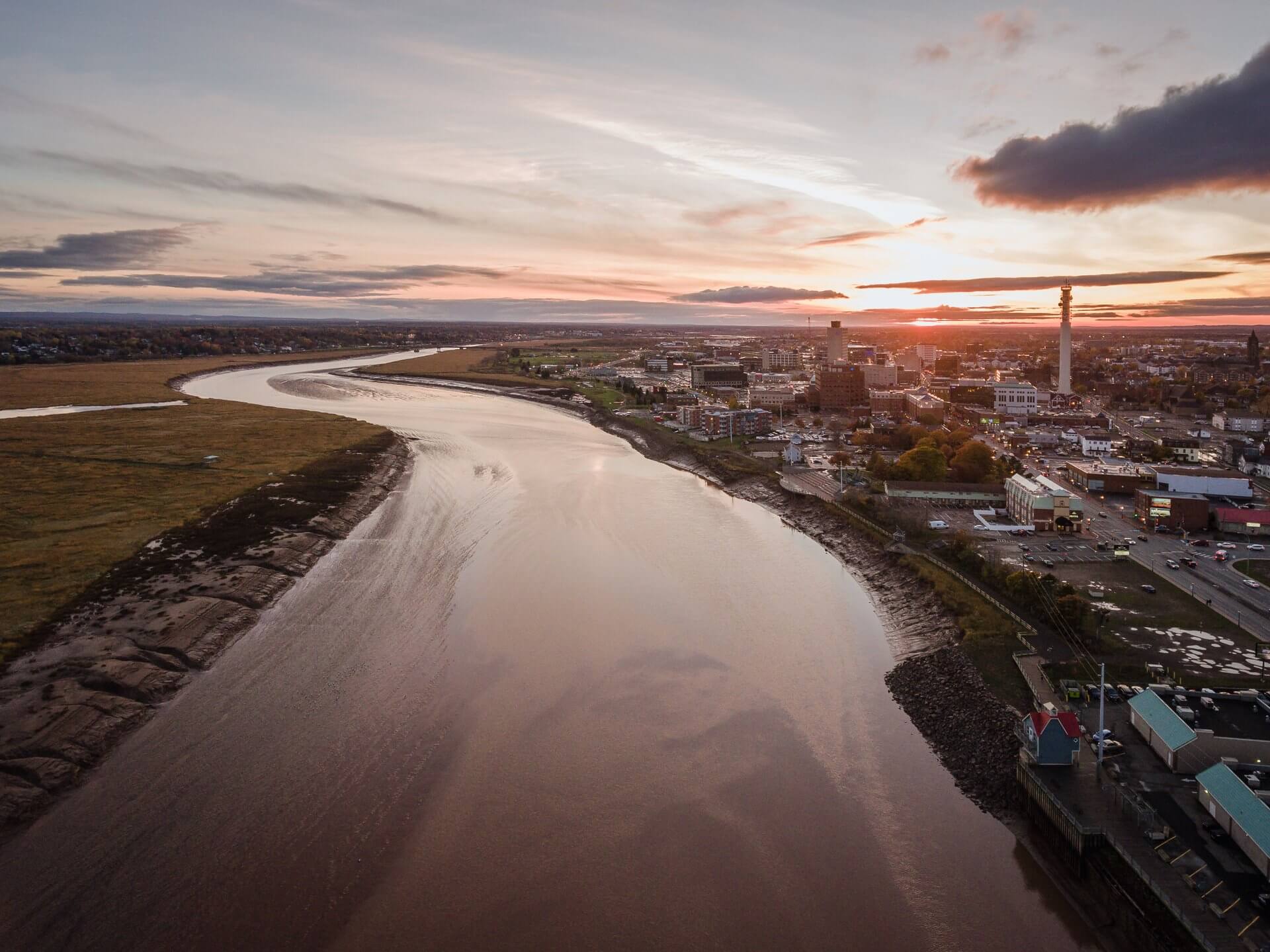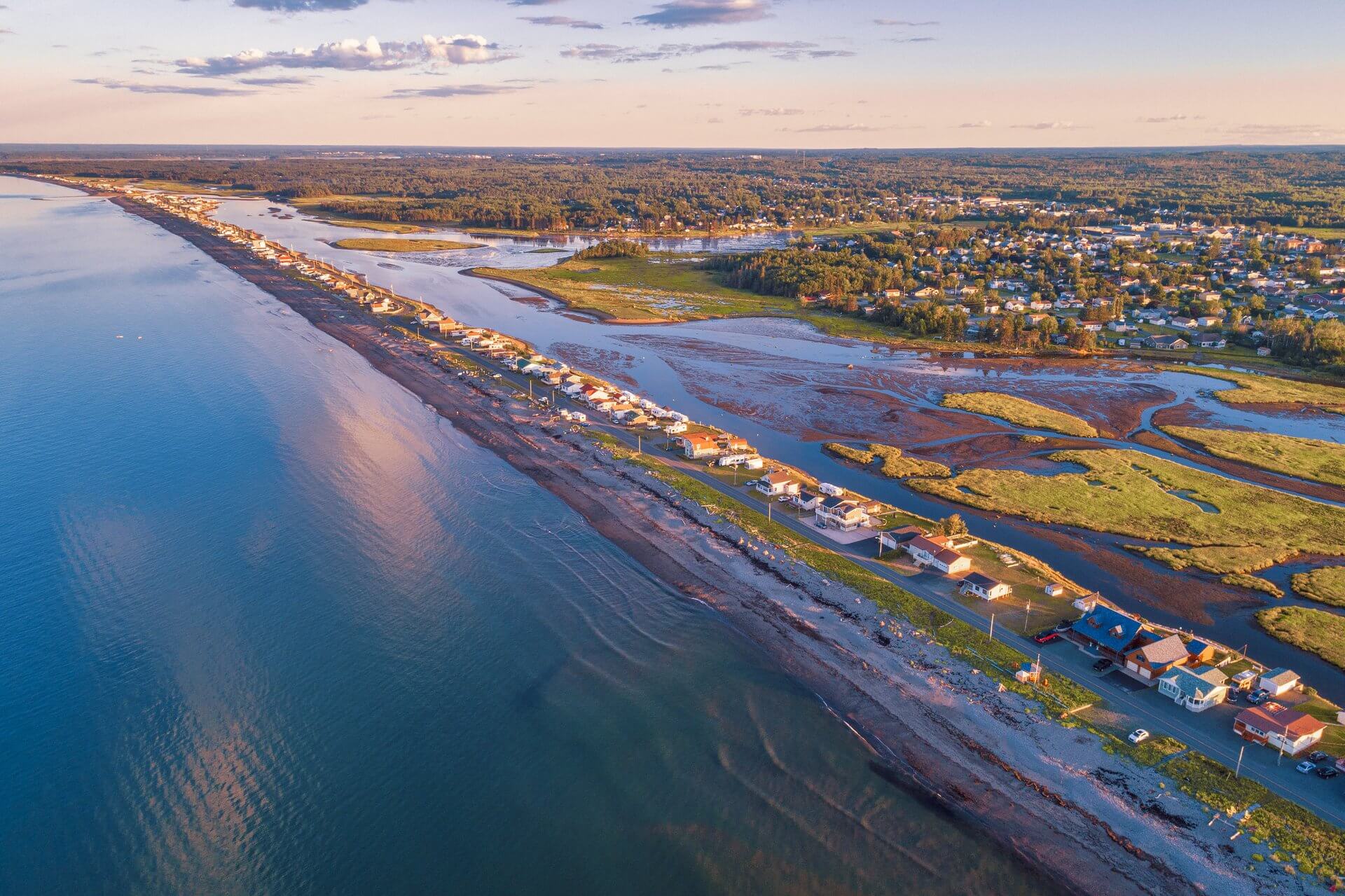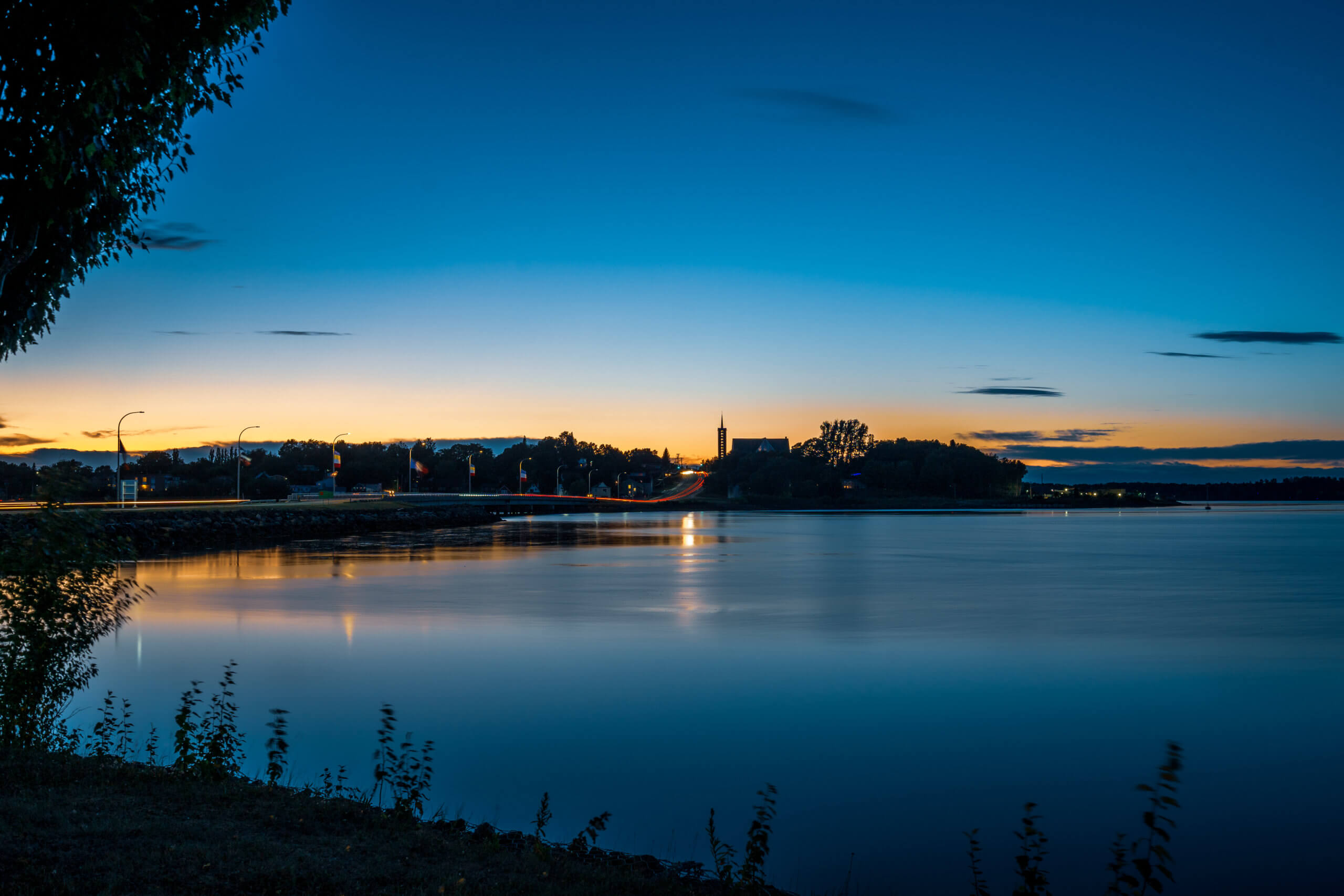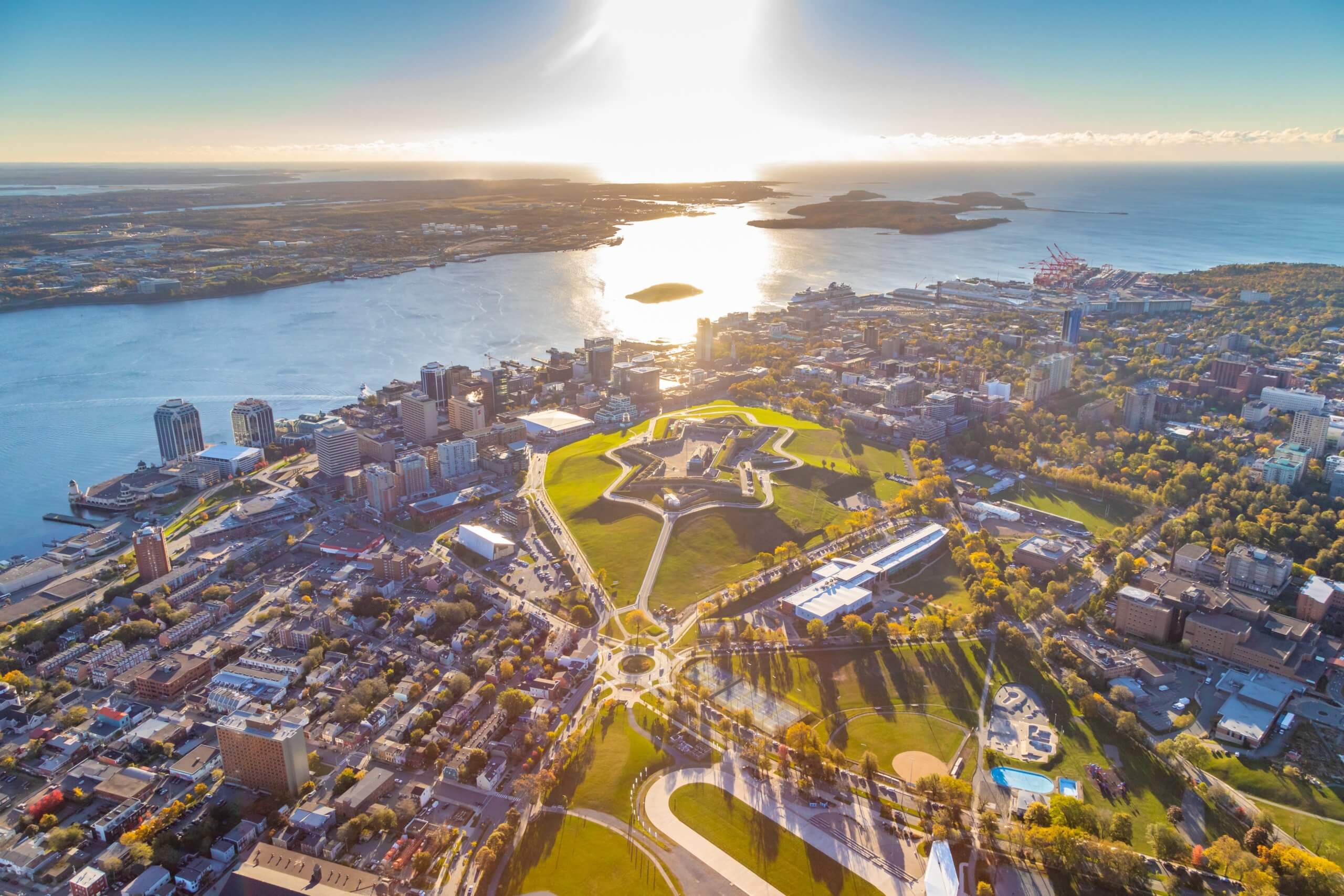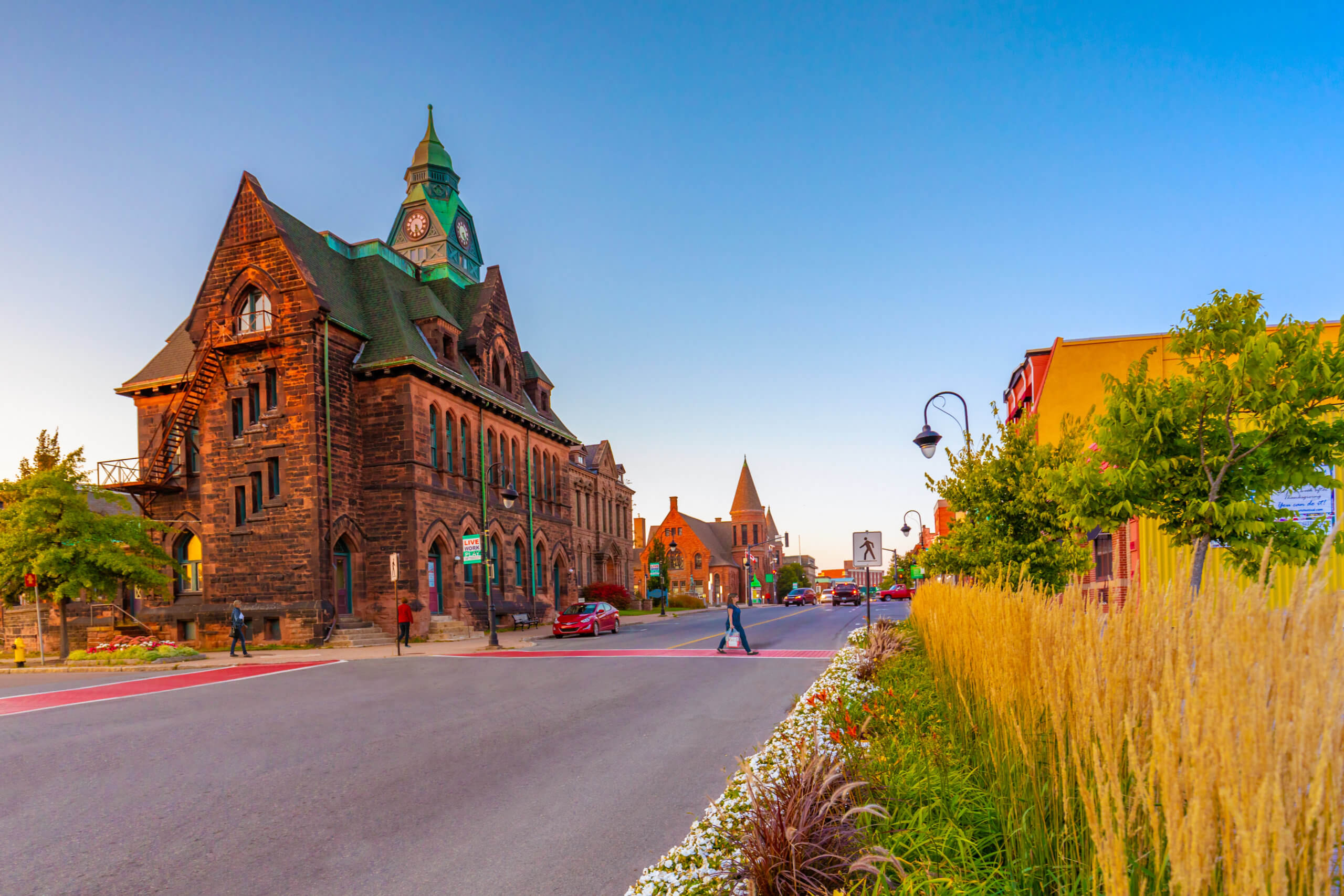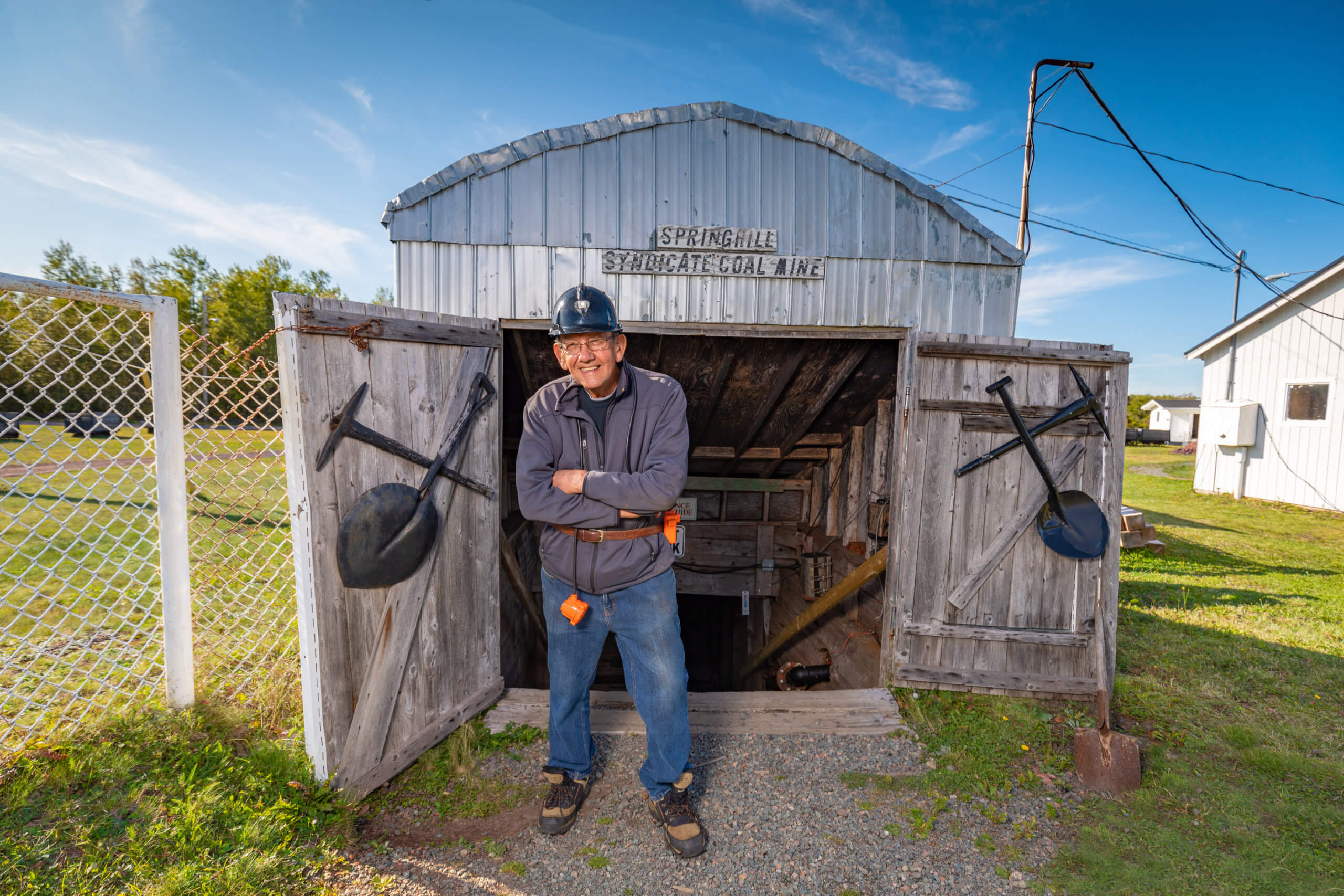A Journey To The Ocean
For 1,346 km, VIA Rail’s Ocean train meanders through Eastern Canada providing a continuous link between Montreal in Quebec and the coastal city of Halifax in Nova Scotia.
But what lies in between? From the fertile farmlands along the St. Lawrence to the open water views of Chaleur Bay, the Ocean route traces a varied landscape of communities that makes up the fabric of Eastern Canada. Read on below to discover the landmarks, coastal towns, historic spots and stunning views of the Ocean journey, North America’s oldest continually operating passenger train.
What can I see on the Ocean journey?
It takes one full day to travel between Montreal and Halifax (or vice versa). It is the same journey that the train has made since its debut in 1904. And while the country may look a little different these days — the cities have gotten bigger, more communities have sprung up along the route — the core of the journey remains the same. Let’s take a look at some of the most interesting points along the way. We will be tracing the route from west to east, but of course the journey is just as wonderful in reverse.
Look for the signs! When travelling by train, you’ll notice white markers with black numbers on them all along the route. These are mileposts and they mark the location of the train. Even though Canada now uses the metric system, mileposts are a traditional part of the railway and continue to be in the original imperial system. As trains approach division points (subdivisions as they are called), the mileposts reset back to zero. Subdivisions can be anywhere between 43 to 146 miles long — there is no standard.
Places in Quebec along the Ocean Route:
The train leaves Montreal in the evening and travels along the southern banks of the St. Lawerence River. You’ll see the sun set over the farmlands of the Lower St. Lawrence region before heading into Quebec’s Matapédia Valley.
Montmagny, Quebec
Mile 78.1
In the spring and fall, thousands of migrating snow geese find themselves feasting on bulrushes and other aquatic plants along the banks of the St. Lawrence in Montmagny. So many come, in fact, that the town — which has a population of less than 12,000 — hosts an annual fall festival in celebration (the Festival de l’oie blanche) of the birds. Last year the festival celebrated its 50th year. The region is a hot spot for other migrating birds as well, which led to the creations of the Montmagny Migratory Bird Sanctuary, a protected 122-hectare area along the upper estuary of the St. Lawrence.
In addition to being a magnet for birds, the town is also well known for its long history of producing some of Canada’s best cast iron products. It is the home of the Bélanger factories, which opened in 1867 and produced a range of products including stoves and plows.
Rimouski, Quebec
Mile 123.4
Situated at the mouth of the Rimouski River, where it empties into the St. Lawrence, is the scenic city of Rimouski. The city was developed at the end of the 17th century by a French merchant named René Lepage and became the most advanced French settlement in the Gulf of St. Lawrence. Today, it is a vibrant city of 50,000 residents where nature and the sea take centre stage. Hiking and sea kayaking are popular sports.
Rimouski is home to the Pointe-au-Père Lighthouse National Historic Site which houses the one of the country’s tallest lighthouses as well as a navigational aid station. The view from the top of the lighthouse is spectacular. The site also commemorates the location (just off the coast) where the Empress of Ireland sank in 1914, killing 840 of its passengers.
Matapédia, Quebec
Mile 12.8
Just before the train crosses into New Brunswick, you’ll pass the small village of Matapédia (population 600) in Quebec’s Gaspésie region. In the Mi’kmaq language, Matapédia means “where the rivers meet” and it is an apt name for the spot that sits at the confluence of the Matapédia and Restigouche rivers. The surrounding environment is lush, with vast forests and low Appalachian mountains. The rivers are renowned for their salmon populations.
Nearby is the Battle of the Restigouche National Historic Site, which commemorates the last naval battle fought in 1760 between the French and English. Here you can relive the historic confrontation through artifacts unearthed by underwater archaeologists and see the well preserved remains of the Wreck of the Machaut — one of three 18th century French frigates that have been recovered.
Places in New Brunswick along the Ocean route:
In New Brunswick, the train makes its way through Cambellton to Chaleur Bay and across the eastern edge of the province before crossing into Nova Scotia. You’ll likely be waking up as the train crosses into New Brunswick and enjoying breakfast with the ocean views along the often-misty bay.
Charlo, New Brunswick & Jacquet River, New Brunswick
Mile 154.3 & Mile 138.7
Chaleur Bay (or Baie des Chaleurs in French) is an arm of the Gulf of St. Lawrence located between Quebec and New Brunswick. It is home to a large variety of marine life, including lobsters, Atlantic salmon and scallops. The train travels along the shores, offering stunning views as it passes pretty seaside towns.
The little town of Charlo, with a population of less than 1,500, is tucked between the earth and the sea on the shores of the beautiful Bay of Chaleur. Renowned for its scenic beauty, Charlo is the perfect location for a seaside vacation. There are miles of sandy beaches, lagoons hidden in lush green spaces and lots of amazing trails to hike or cycle.
Jacquet River is home to one of the most stunning beaches in the area, with gorgeous views of the bay from its wooded bluff. With a population of just over 1,500, the town is small and friendly.
Bathurst, New Brunswick
Mile 110.2
Before the train pulls away from Chaleur Bay, it crosses through Bathurst — an industrial town of 12,000 people at the mouth of the Nepisiguit River. Often considered the northern gateway to the Acadian Peninsula, Bathurst is full of natural beauty and offers plenty to do for those looking to explore the coast and Chaleur Bay while also staying in a larger town with more amenities.
Boat tours, seaside trails, and a delightful downtown with lots of restuarants that offer fresh seafood make Bathurst the perfect seaside holiday destination.
Rogersville, New Brunwick
Mile 44.4
Located inland, not far from the Acadian coastline, Rogersville is a small village of 1,200 predominantly francophone residents. It is about 35 km from Miramichi and 90 km from Moncton. The village is in close proximity to the coastal Kouchibouguac National Park, which was established in 1969 to preserve the area’s distinct landscapes. It contains lush mixed-wood forests, colourful salt marshes and golden sand dunes that lead to warm ocean waters.
The region showcases both Acadian culture and Mi’kmaq culture. The Mi’kmaq have a deep spiritual connection to Kouchibouguac, which translates to “river of the long tides”.
Places in Nova Scotia along the Ocean route:
The Ocean route through Nova Scotia heads through the narrow strip of land between the Northumberland Strait and the Bay of Fundy that connects the province to New Brunswick. It heads around the Minas Basin and makes a straight line from Truro to its final destination in Halifax.
Amherst, Nova Scotia
Mile 76.8
The first place you’ll visit when entering Nova Scotia from New Brunswick is the historic border town of Amherst, population of 10,000. The town has the enviable location of being close to both the Bay of Fundy — which offers the highest tides in the world — and the Northumberland Stait, which has some of the warmest ocean waters in Canada. The town is characterized by grand Victorian architecture.
Nearby is the famous Joggins Fossil Cliffs, a UNESCO World Heritage Site where you can get a glimpse of life from 300 million years ago.
Springhill, Nova Scotia
Mile 59.6
The small town of Springhill is famous for two things: mining and Anne Murray. It may seem like an odd mix but Anne Murray indeed hails from this mining town in central Cumberland County and there is a centre dedicated to her in town. The community’s other famous landmark is the Miners’ Museum which commemorates the town’s coal mining history. The Springhill Mining Company opened in 1871 and shaped life in this town for generations.
Truro, Nova Scotia
Mile 0.4
Known as the ‘hub’ of Nova Scotia, Truro was built around the Salmon River and has been served by the railway since 1858. The town, which has a population of more than 12,000, is situated near the Bay of Fundy and home to the famous tidal bore — a wave of water that enters the Salmon River from the bay during high tides and reverses its flow. It is a strange and wonderful phenomenon to witness.
Near Truro is the town of Parrsboro, which is known for its geological and dinosaur museums that house specimens from the Jurassic and Triassic periods.
Ready to head out on an Ocean journey of your own?
Start planning your getaway today!
Discover the wonder of Eastern Canada on this epic 2-day rail adventure.
Or:
Reach out to us for more information.




